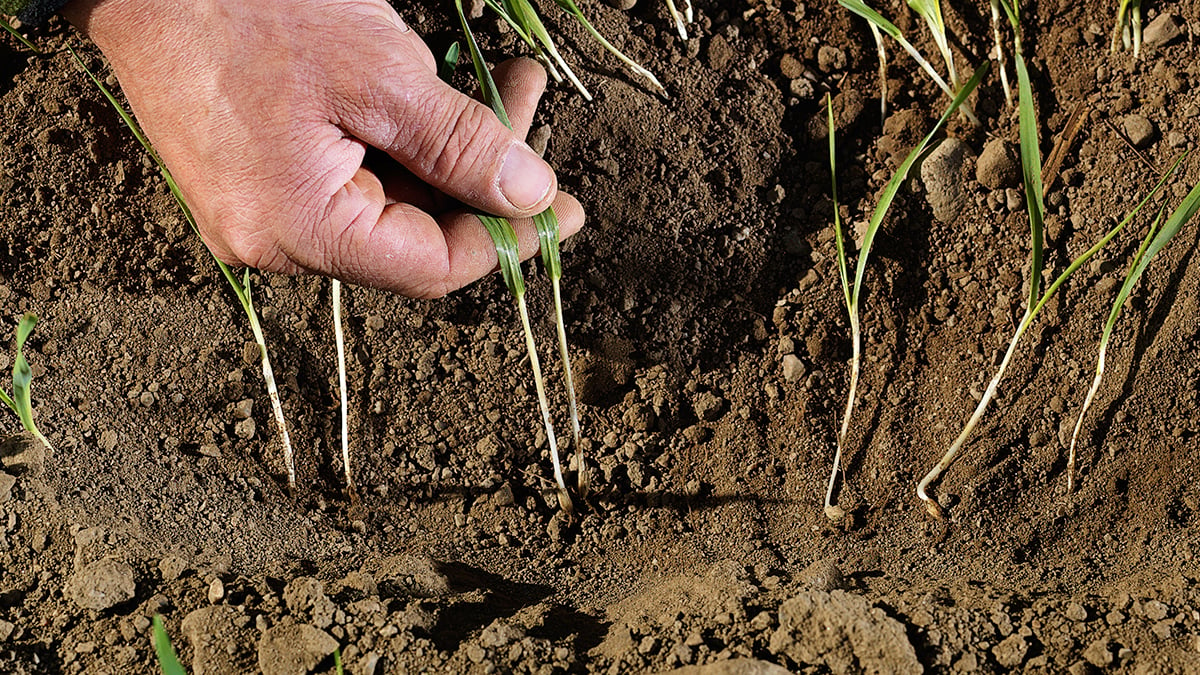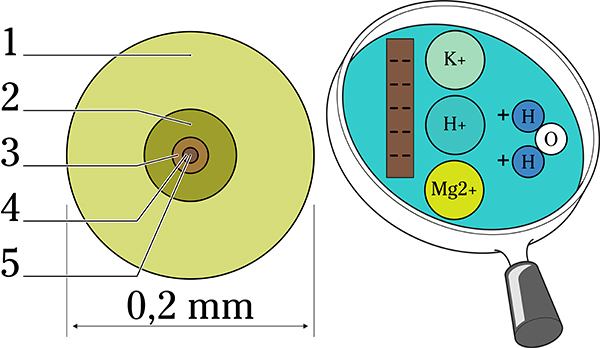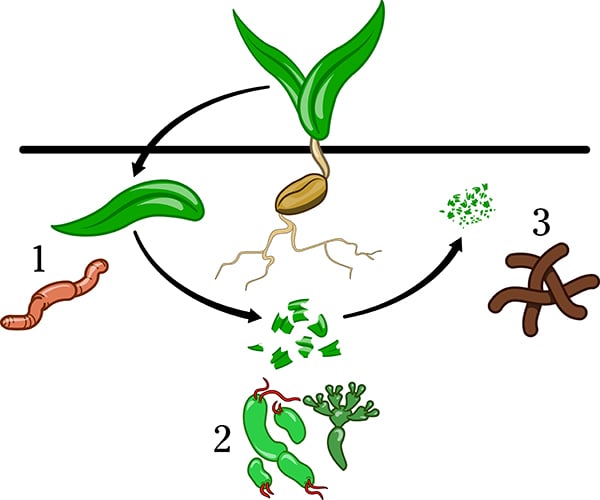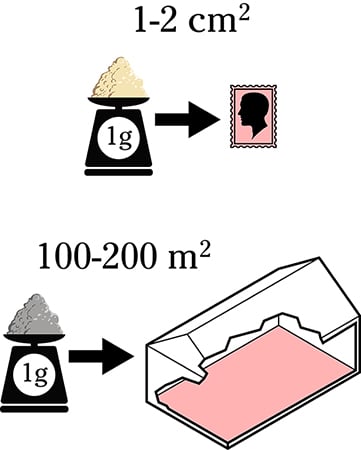Capillary = capillary water is water that can rise upwards in the soil within the fine pores through binding of the water molecules in the pores, adhesion, but also through attraction between water molecules, cohesion. Silty soils have high capillarity and combine a large height of capillary rise with a high rate of capillary rise
Cations = positively charged ions in the soil, e.g. potassium, calcium and magnesium
Colloid = colloids are the finest particles in the soil, with an average diameter of less than 0.0002 mm. The colloids include some organic material and fine clay
Mineral particles = soil mineral particles are the inorganic smallest constituents, which have been formed at the site through weathering of various minerals and rock types or have been transported there, e.g. by glaciers. The properties of the soil are strongly dependent on soil particle size according to table Particle size distribution
Pore = soil pores are the spaces, channels and cracks in the soil, which are filled with either water or air depending on the actual water content of the soil
Soil fauna = earthworms, woodlice, springtails, centipedes, mites and other animals that open the door for bacteria and fungi through dividing and breaking apart plant residues in their mouth, stomach and intestines
Specific area = the combined surface area of the soil particles is expressed as square metres per gram of dry soil and is an important characteristic since it indicates the amount of nutrients the soil can release through weathering and bind to its surfaces
Texture = soil texture refers to the proportions of mineral particles with different average diameter, i.e. the relative proportions of sand, silt and clay in particular according to table Particle size distribution






